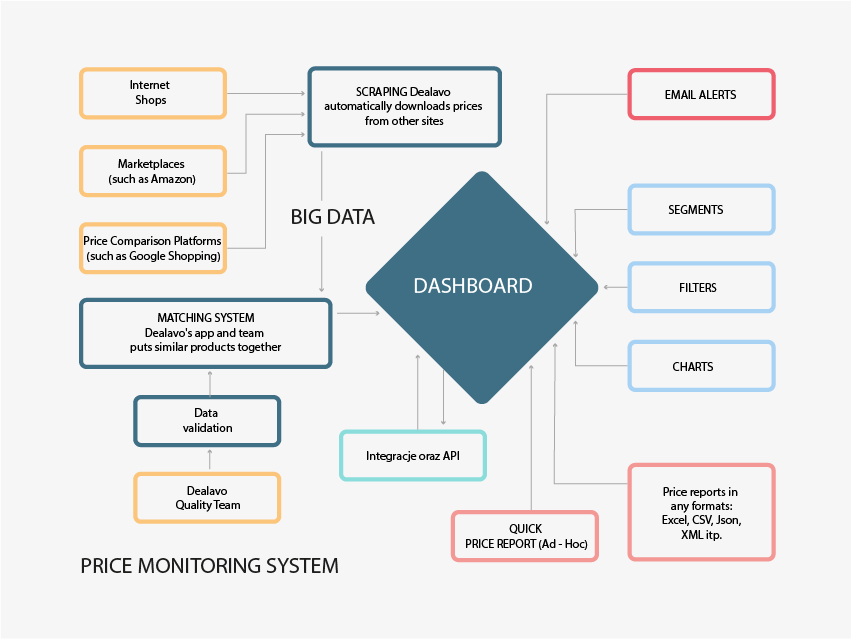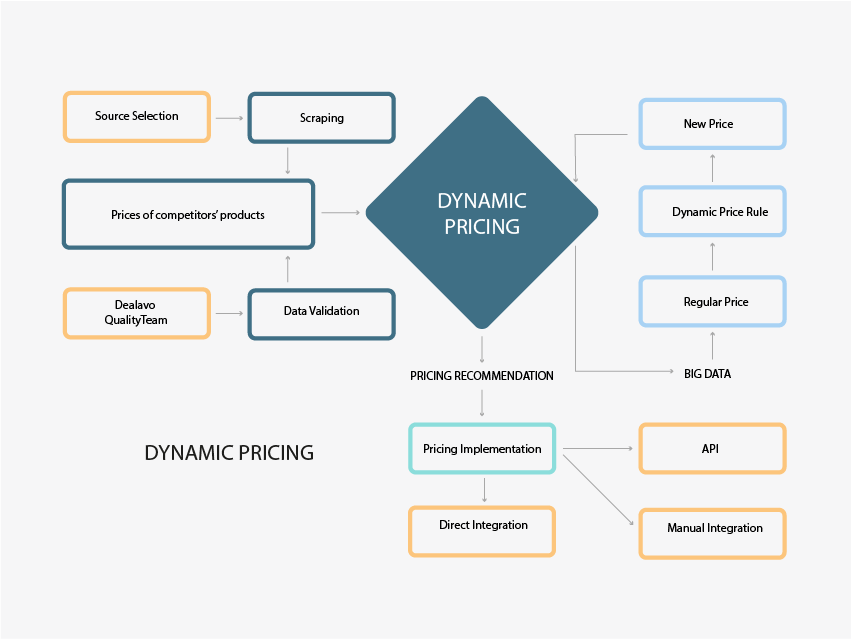Can you believe 90% of Fortune 500 companies are using competitor analysis to have a leg up on the competition? With a myriad of offerings at your target audience’s disposal and so many brands catering to similar needs, staying ahead of your competitor businesses is vital!
If you own a business or company in a competitive niche, regular competitive analysis can help you with that. But what exactly do we mean when we say ‘regular,’ or are you wondering how often to perform competitive analysis? That’s what we’ll answer here. Read along for a simple guide.
First Up, What Is Competitive Analysis?
Competitive analysis is simply being informed about your competitors. This means understanding their strengths, their weak points, and most importantly, their strategies, including marketing and pricing strategies. It can help your company keep a tab on market trends, opportunities to cash on, and any threats to your position and market share.
That’s why regular competitive analysis is important: you can make tweaks to your own business targets depending on what your competitors are up to and market conditions. Accordingly, many companies have now turned to tools for competitor price tracking, which can give them valuable insights about competitor pricing without constant manual effort.

How Often to Perform Competitive Analysis?
Now, let’s get to the real question: how often should your company perform competitive analysis? While it depends on which industry you’re in, and your goals, here are three typical approaches:
1. Monthly Competitive Analysis
If you’re in an industry that is anything but slow-paced and stable and involves rapid advancements like e-commerce, tech, and digital marketing, then carry out competitive analysis every month. Because these industries have quick product launches, lots of marketing shifts, and trends that come and go fast, you need to stay updated every month and make quick adjustments to stay competitive.
For example, Apple and Samsung constantly compete with each other, and when one releases a new software or gadget, the other does too, thanks to regular close competitor monitoring.
2. Quarterly Competitive Analysis
If you’re in a more stable industry, such as retail or manufacturing, then doing a competitive analysis every quarter would suffice. While your market might not change very quickly, quarterly analysis will help you track and predict long-term market shifts and consumer patterns and understand seasonal trends as they boom and dip.
It will prepare you for seasonal product launches and discount offers and stocking up for major shopping events like Black Fridays, Christmas holidays, etc. Walmart and Target conduct competitive analysis quarterly to adjust their inventory levels during key seasons.
3. Annual Competitive Analysis
If you are in an industry with much slower changes, such as the traditional finance or healthcare industry, then conducting a competitive analysis once a year will be enough. Because these industries normally have less disruption and slow-paced changes like mergers or regulatory revisions, annual reviews can help you assess long-term strategies and annual shifts in the market.

Final Thoughts!
There is clearly not a one-size-fits-all answer for how often you need to perform competitive analysis. It depends on the industry you’re operating in as well as your business needs, so monitor these things closely and pick a schedule that suits your company best.
While you’re at it, if you want to level up your competitive analysis and automate price tracking, use promising tools like Dealavo. It will take the hassle out of the process, letting you track your competitors’ prices in real-time and stay competitive.



 Bitcoin
Bitcoin  Ethereum
Ethereum  Tether
Tether  XRP
XRP  USDC
USDC  Lido Staked Ether
Lido Staked Ether  TRON
TRON  Cardano
Cardano  Avalanche
Avalanche  Toncoin
Toncoin  Solana
Solana